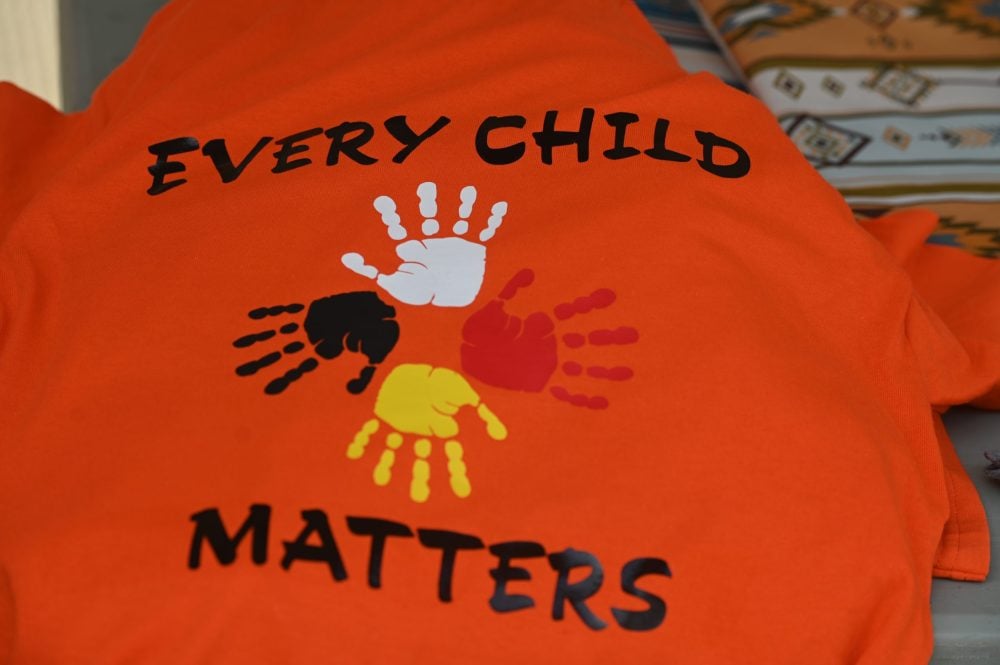Editor’s note: Truth and reconciliation is more than a day or slogan

It’s common to see orange shirts on racks at grocery stores and supermarkets in the lead-up to the National Day for Truth and Reconciliation on September 30.
The actual story behind the orange cotton T-shirts is striking in its simple, emotional symbolism.
Phyllis Webstad is a member of Stswecem’c Xgat’tem First Nation and lives in Williams Lake, B.C. She’s the founder of the Orange Shirt Society and has used her own story to spread awareness of the pain and damage that residential schools caused Indigenous young people.
Read Also


EU challenges China’s dairy product probe at WTO
The European Commission launched a challenge at the World Trade Organization (WTO) on Monday against China’s investigation into EU dairy products, initiated after the European Union placed import tariffs on Chinese electric vehicles.
She was six years old when she arrived at the school, she writes on the society’s website. Her ‘granny’ had helped her pick out a shiny orange shirt for her first day of school.
When she arrived, school staff stripped her and took away her own clothes, including the prized orange shirt.
“The colour orange has always reminded me of that and how my feelings didn’t matter, how no one cared and how I felt like I was worth nothing,” Phyllis said.
Today, the orange shirt symbolizes that Indigenous kids do matter, and that people do care about them, their feelings and their futures.
However, when one sees the rack of orange shirts at a local big box store, it’s hard to not be a little cynical over who is profiting from them. As an avid thrifter, nearly every rack of second-hand T-shirts I rifle through has at least one orange t-shirt in it. Someone has worn it for one day and then discarded it.
As a member of the Glacier FarmMedia editorial staff, I’ve been part of several conversations about how we—figuratively speaking—don’t want to be like the orange t-shirts on the thrift shop rack.
It can’t be a gimmick. We don’t want to put up a banner or a slogan, pay lip service to this important ideal, and then forget about it.
If we as journalists want to champion truth and reconciliation in our agricultural community, we must do it year-round. We need to tell the truth the past, tune our ears to the viewpoints and culture of Indigenous farmers and leaders, and embrace the discomfort that comes with this. We must take a genuine interest in the stories of Indigenous farmers and the issues they face—whether they are the same or different from their non-Indigenous counterparts.
That is what we—however imperfectly—are trying to do.
In the new Truth and Reconciliation tab on the AgCanada app, we’ve collected some of the stories that have come from this effort—those which confront the past, celebrate the victories on Indigenous farmers and communities and look to the future with hope.
Going forward, this page will serve as launch-pad to explore ongoing journalism related to Indigenous agriculture and truth and reconciliation.
We hope you will come back to visit and send us your thoughts and ideas. Reach out at via email.
Source: Farmtario.com

